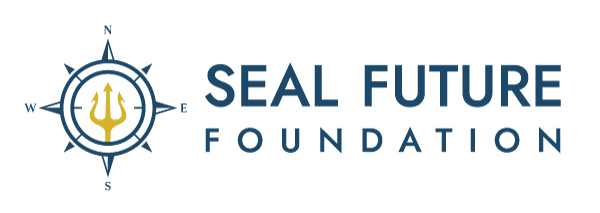Ayahuasca, a potent psychoactive brew, has been used for centuries by indigenous tribes in the Amazon basin for its purported healing properties. Composed primarily of the Banisteriopsis caapi vine and the Psychotria viridis shrub, ayahuasca contains N,N-Dimethyltryptamine (DMT), a powerful psychedelic, and monoamine oxidase inhibitors (MAOIs), which allow DMT to be orally active. The combination of these compounds can induce altered states of consciousness, including intense visual hallucinations, introspection, and emotional revelations. Its use has expanded beyond traditional ceremonies into modern therapeutic contexts, including the treatment of psychological and neurological conditions, such as Traumatic Brain Injuries (TBIs).
TBIs are a significant global health issue, leading to a range of outcomes from mild concussions to severe brain damage. Traditional treatment methods for TBIs primarily focus on rehabilitation and managing symptoms, often leaving patients with persistent deficits. However, emerging research suggests that ayahuasca may offer neuroprotective benefits, promote neurogenesis, and enhance psychological well-being in TBI patients. A study conducted in 2020 by the Multidisciplinary Association for Psychedelic Studies (MAPS) [1] indicated that participants who underwent ayahuasca therapy showed a statistically significant reduction in symptoms of depression and post-traumatic stress disorder (PTSD), conditions frequently associated with TBIs. Although direct research on ayahuasca’s effects on TBIs specifically is limited, its known impacts on neuroplasticity and mental health suggest potential benefits.
Obtaining ayahuasca for therapeutic use involves navigating a complex legal and ethical landscape. In countries like Peru, Brazil, and Ecuador, ayahuasca ceremonies are legal and conducted under the guidance of experienced shamans. In contrast, in the United States, DMT is classified as a Schedule I controlled substance, making ayahuasca illegal. However, certain religious groups have been granted exemptions under the Religious Freedom Restoration Act, allowing them to use ayahuasca as a sacrament. For those seeking treatment, it is crucial to research and consider the legal implications and ensure that the source is reputable to avoid potential health risks associated with improperly prepared brews.
While anecdotal evidence and preliminary studies suggest ayahuasca’s potential in treating TBIs and related conditions, long-term usage poses significant concerns. The psychoactive effects of ayahuasca can be intense and psychologically challenging, leading to potential risks such as exacerbation of psychiatric disorders, development of psychosis in susceptible individuals, and potential dependence. Physical side effects may include nausea, vomiting (often considered a purging process in traditional use), elevated heart rate, and blood pressure. The lack of standardized dosing and the variability in brew potency further complicate its safe use.
The historical context of ayahuasca use is deeply rooted in the spiritual and healing practices of indigenous Amazonian tribes. Traditionally, it was used in ceremonial contexts to facilitate healing, divination, and communication with the spiritual world. Today, its application has extended to a broader range of therapeutic contexts, including mental health and neurological conditions. Additionally, there’s growing interest in its application for improving sleep quality and treating sleep disorders, attributed to its potential to regulate sleep patterns and enhance emotional processing. However, rigorous scientific studies are needed to substantiate these claims.
In conclusion, while ayahuasca presents promising therapeutic potential for Traumatic Brain Injuries and related conditions, its use is accompanied by legal, ethical, and health considerations. The current body of research, although growing, still lacks comprehensive clinical trials to fully understand its efficacy, optimal dosing, and long-term impacts. As interest in psychedelic-assisted therapy continues to rise, further studies are essential to establish ayahuasca’s role in modern medicine and to navigate its complexities safely and effectively.
Written by: Joey Fio, Chief Programs Officer
